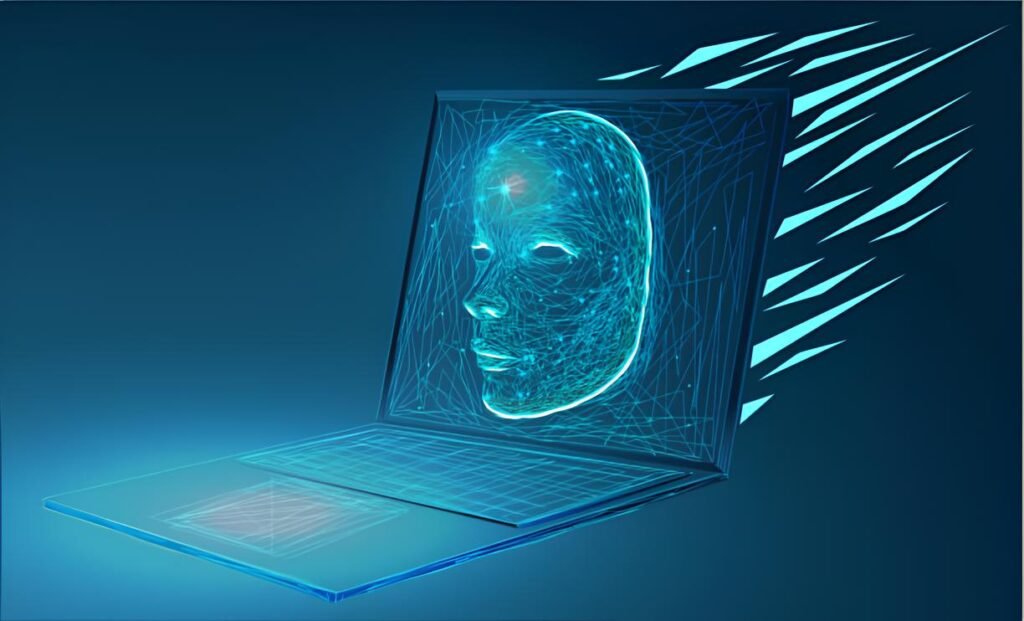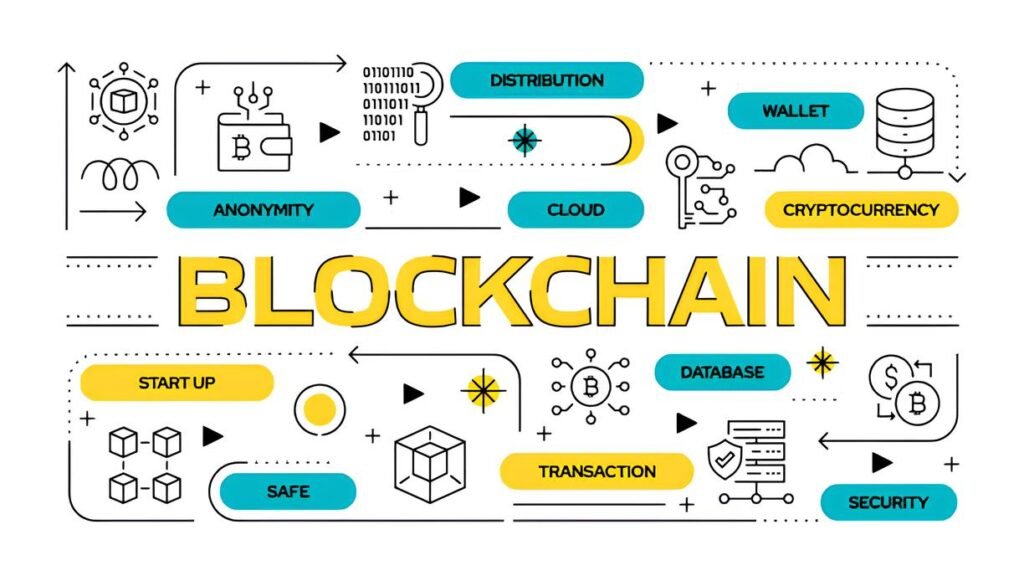The rise of AI in deanonymizing darknet behavior
Imagine a shadowy figure lurking in the darkest corners of the internet, confident in their digital invisibility. For years, many on the darknet believed they were masked by layers of encryption, VPNs, and the anonymizing power of Tor. Yet beneath these protections lies a quiet, relentless wave of change — artificial intelligence has begun to peel back the layers of anonymity, not by hacking encryption, but by reading behavior like a skilled detective reads a suspect’s every move.
It’s not just about IP addresses or login timestamps anymore. Today, algorithms powered by machine learning analyze patterns, language quirks, and browsing habits, stitching together fragments into a comprehensive digital profile. This shift raises urgent questions: How vulnerable are darknet users in this new era? Can anonymity truly survive when AI watches and learns?
In This Article
What Is Deanonymization via AI?
Deanonymization is the process of revealing an individual’s identity or attributes that were intended to stay hidden. Traditionally, this involved analyzing IP addresses or breaking encryption. But AI-driven deanonymization employs advanced algorithms that identify subtle behavioral signals — the digital footprints users leave behind despite anonymizing tools.
These AI systems don’t attack encrypted data directly. Instead, they detect patterns in activity, from the timing of posts to writing style nuances and session lengths. By combining many seemingly innocent pieces of data, they craft a unique identity profile that can unmask even the most cautious darknet user.
How AI Reads Digital Fingerprints
Every interaction online leaves behind metadata — data about your data. This might include when you logged in, how long you stayed, the frequency of your visits, and even the particular typos or syntax you use. While individually trivial, AI excels at recognizing complex correlations in vast datasets.
Machine learning models analyze volumes of darknet activity, spotting recurring patterns that humans might miss. It’s comparable to how forensic linguists analyze writing style to identify an anonymous author.
- Timing patterns: AI tracks when users are active — are their login times consistent or variable?
- Language analysis: From spelling errors to sentence structure, AI applies natural language processing to recognize unique communication styles.
- Browsing habits: Which forums and markets are visited, and in what order?
- Transaction patterns: Frequency, value, and timing of cryptocurrency transfers can generate behavioral markers.
This process capitalizes on the fact that humans are creatures of habit—even covert users often repeat behaviors unknowingly.
Real-World Examples of Darknet Behavior Tracing
Imagine “Sophia,” a darknet forum member cautious enough to use Tor and encrypted messaging apps. Despite these precautions, Sophia routinely visits the forum nightly between 10pm and 11pm UTC. Her posts include specific jargon and a distinct typing cadence. AI tools analyzing forum logs can cross-reference these traits with other data sources — from marketplace purchase times to fragmented wallet activity.
By piecing together these behavioral clues, investigators can narrow down suspects far more effectively than by traditional IP tracing. This technique has already helped law enforcement uncover several darknet vendors who believed they were untraceable.
This doesn’t just apply to criminals. Activists, journalists, and whistleblowers risk exposure when their behavior patterns are dissected, underscoring the broader privacy implications of AI deanonymization.
Tools and Techniques for AI-Powered Deanonymization
Several tools harness AI’s power to analyze darknet behaviors. These aren’t off-the-shelf apps but specialized systems built on machine learning frameworks paired with vast datasets:
- Behavioral profiling engines: These ingest activity logs and classify users based on consistent signals such as login times or preferred marketplaces.
- Natural Language Processing (NLP): AI uses NLP to detect writing style, slang, and even subtle language markers unique to individuals.
- Graph analysis: By mapping social connections between forum users, AI identifies clusters and influencers, revealing hidden relationships.
- Temporal correlation: Combining timestamps from multiple sources to predict the same user behind different accounts or services.
These methods work in concert to narrow down anonymity, even when the user leverages pseudo-identities or jump proxies.
Privacy Challenges in the Age of AI
The rise of AI in deanonymization magnifies several key privacy challenges:
- Invisible tracking: Users often don’t know what metadata they reveal or how AI might interpret it.
- Persistent digital fingerprints: Unlike passwords, behavior is hard to change consistently and can accumulate over time.
- Cross-platform correlation: AI can link darknet activity with surface web actions and even leaked databases.
- False positives: Behavioral AI can misidentify users due to coincidental similarities, raising ethical and legal concerns.
It’s a delicate balance. While AI tools aid law enforcement in disrupting illegal trade and abuse, they can also chill legitimate users who rely on darknet privacy for safety.
No amount of encryption alone can protect against AI-driven behavioral analysis. True anonymity demands a holistic approach incorporating behavior, metadata hygiene, and mindset.
Strategies for Preserving Anonymity
This evolving landscape requires users to rethink anonymity entirely. Here are some strategies to lower your behavioral profile:
- Randomize activity times: Avoid predictable login patterns. Vary your active hours and durations when accessing darknet services.
- Vary language style: Intentionally change your writing style, vocabulary, and format to confuse stylometric analysis.
- Use multiple personas: Maintain distinct pseudonyms with non-overlapping behaviors and circuits.
- Metadata scrubbing: Tools like good data hygiene across devices and MAT2 remove hidden metadata from files before sharing.
- Leverage isolation: Systems like Tails or Whonix can help compartmentalize and route traffic to reduce accidental leaks.
In particular, combining Tor with trusted VPNs helps, but the choice of services matters. For those exploring privacy-enhancing setups, guides on the best VPNs for Tor in 2025 are essential reading.
When building a digital pseudonym, consistency is key—but only if you control its boundaries. For advice on maintaining separate online identities that resist collapse, see how to build a digital pseudonym that doesn’t collapse under pressure.
A Future Shaped by AI and Anonymity
The rise of AI in deanonymizing darknet behavior is a profound example of how technology cuts both ways. While artificial intelligence offers formidable tools against crime and abuse, it also exposes vulnerabilities in how we understand privacy.
For darknet users—whether activists, researchers, or casual participants—there is no silver bullet. The key lies in understanding that anonymity is not just technical, but behavioral. True privacy means continuously reexamining the footprints you leave behind and outthinking the algorithms watching from the shadows.
In this evolving battleground, AI has tipped the scales. For those seeking sanctuary in the dark, adapting smarter habits and layered defenses has never been more urgent.




Pingback: The Future of Hosting Anonymous Whistleblower Platforms | Torutopia
Pingback: Building AI bots that don’t collect user data on .onion | Torutopia
Pingback: How to Spot a Fake Darknet Privacy Research Paper | Torutopia
Pingback: The Rising Threat of AI-Generated Darknet Scam Sites | Torutopia
Pingback: The Shocking Simplicity of Correlating Tor Traffic Patterns | Torutopia